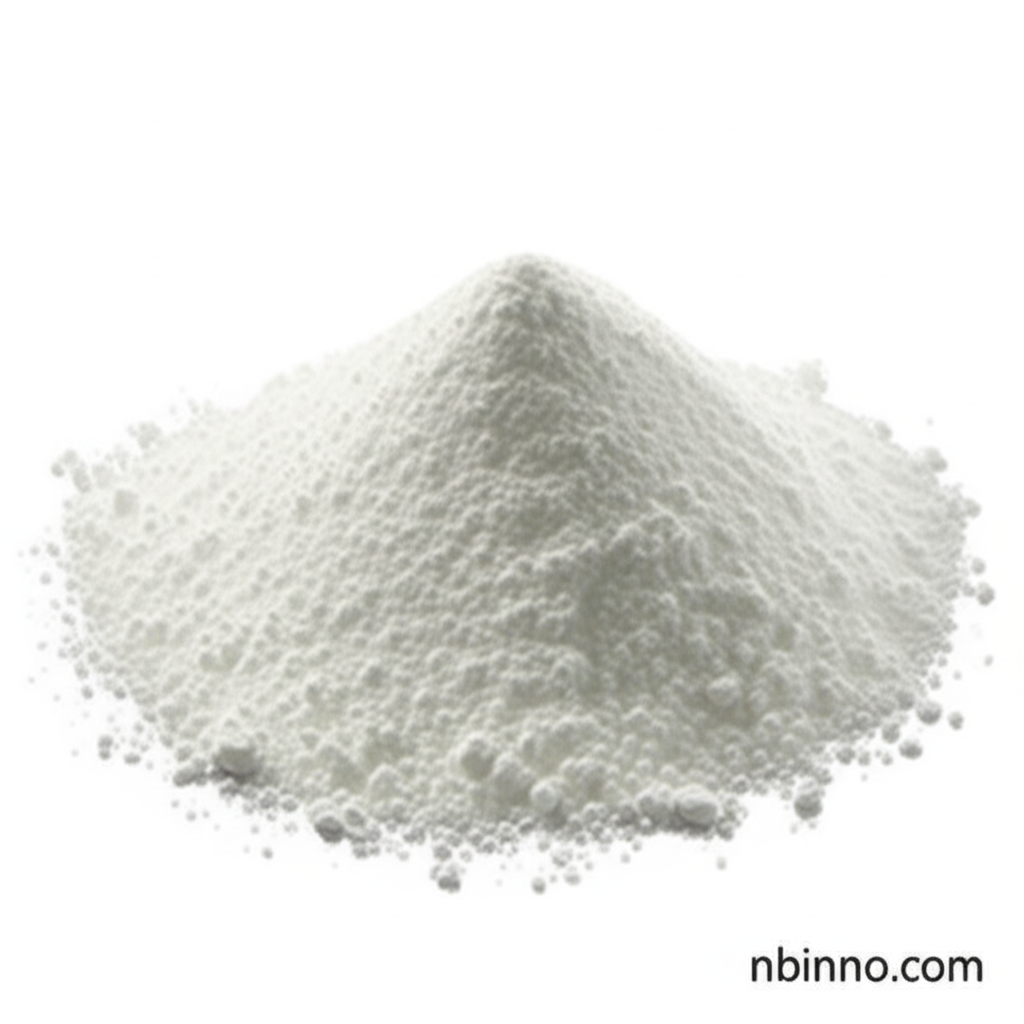Unlock Your Synthesis Potential with 2,5-Dihydroxy-1,4-dithiane
A crucial building block for pharmaceutical and organic synthesis, discover its versatile applications.
Get a Quote & SampleProduct Core Value

2,5-Dihydroxy-1,4-dithiane
This compound is a highly versatile reagent, indispensable for advanced organic synthesis. Its unique dithiane structure and hydroxyl groups make it a preferred choice for chemists developing novel pharmaceuticals and agrochemicals. Its potential extends to material science, offering chemists a reliable tool for intricate molecular constructions.
- Discover the power of 2,5-dihydroxy-1,4-dithiane synthesis for your complex organic chemistry projects, enabling efficient creation of target molecules.
- Leverage this essential pharmaceutical intermediate with CAS 40018-26-6 to streamline your drug development processes.
- Utilize this versatile building block in organic synthesis to construct intricate molecular frameworks with ease.
- Explore the diverse dithiane derivative applications in creating innovative compounds for various industries.
Key Advantages
Enhanced Reactivity
The presence of two hydroxyl groups significantly boosts its reactivity, making it an effective building block for creating diverse functional groups in your synthesis.
Structural Versatility
Its unique dithiane framework is particularly valuable for synthesizing sulfur-containing compounds, crucial for advancements in both pharmaceutical and agrochemical sectors.
Reliable Supply
Easily buy 2,5-dihydroxy-1,4-dithiane online from reputable suppliers, ensuring consistent quality and availability for your research and development needs.
Key Applications
Pharmaceutical Synthesis
As a vital chemical reagent for drug development, it plays a significant role in the creation of active pharmaceutical ingredients and complex drug molecules.
Organic Chemistry
Its utility as a fundamental organic synthesis building block allows researchers to explore novel reaction pathways and create complex organic structures.
Agrochemical Development
The compound's structural features lend themselves to the creation of new agrochemicals, contributing to advancements in crop protection and agricultural efficiency.
Material Science Research
Researchers are exploring its potential in developing novel materials due to its unique chemical properties and reactivity.
